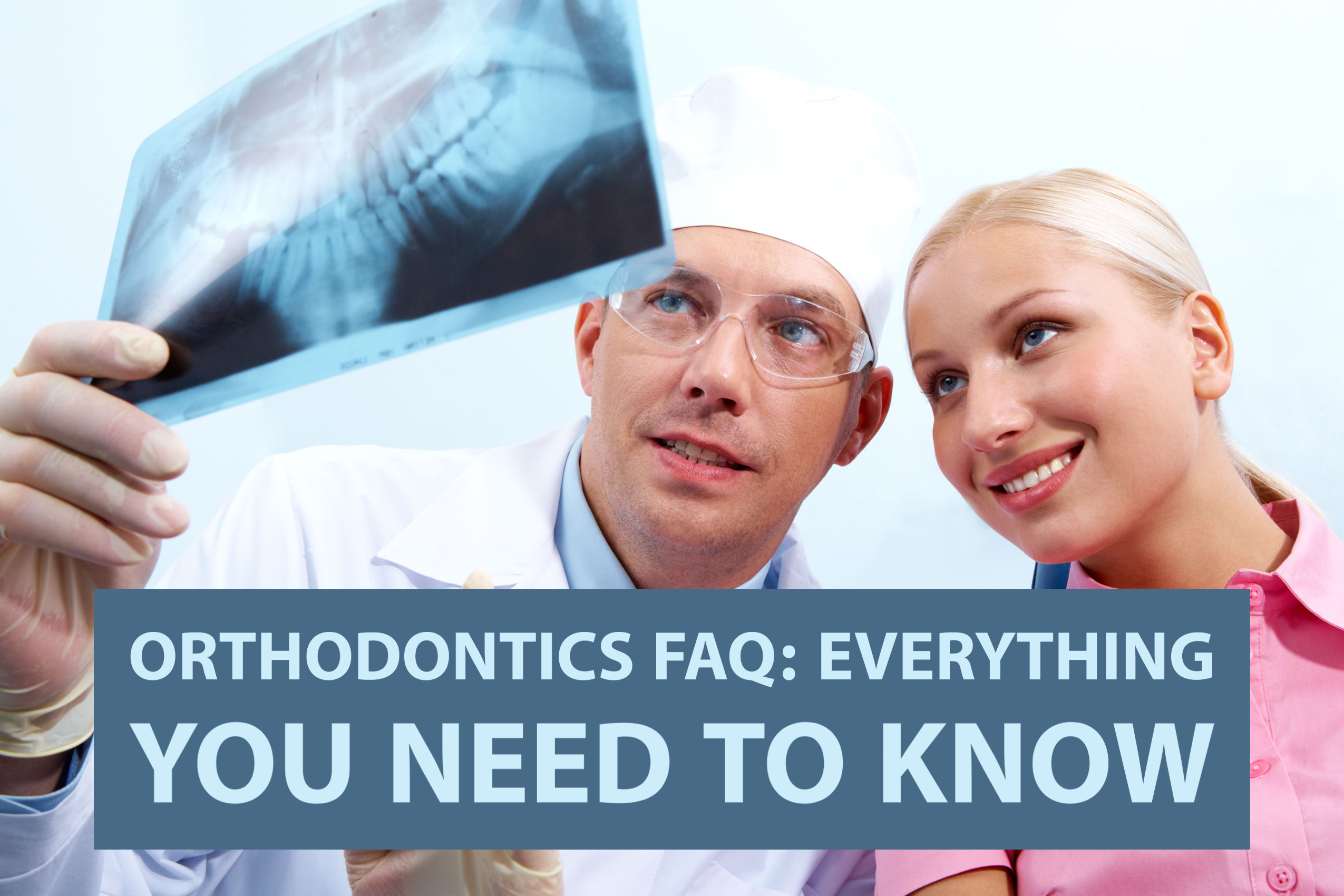The smart Trick of Legacy Orthodontics That Nobody is Discussing
The smart Trick of Legacy Orthodontics That Nobody is Discussing
Blog Article
10 Easy Facts About Legacy Orthodontics Shown
Table of ContentsThe Facts About Legacy Orthodontics UncoveredSome Known Details About Legacy Orthodontics 4 Simple Techniques For Legacy OrthodonticsSome Known Facts About Legacy Orthodontics.All About Legacy Orthodontics
In enhancement, we offer flexible therapy routines, versatile settlement alternatives and a fun, pleasurable experience.An orthodontist is a dental expert trained to detect, avoid, and deal with teeth and jaw abnormalities. They remedy existing conditions and are educated to recognize troubles that may develop in the future. Orthodontists collaborate with people of any ages, from children to adults. People usually associate a perfect smile with health.
Malocclusion, or misaligned teeth, can cause oral problems, consisting of tooth decay, periodontal illness, and difficult or painful eating. Not everybody is born with straight teeth. If you have a poor bite or huge rooms in between your teeth, you might wish to get in touch with a dental professional specializing in orthodontic treatment.
The Greatest Guide To Legacy Orthodontics
( Photo Credit: DigitalVision/Getty Images) Orthodontists make use of fixed and removable dental devices, like dental braces, retainers, and bands, to change the position of teeth in your mouth. Orthodontic treatment is for oral problems, consisting of: Uneven teethBite problems, like an overbite or an underbiteCrowded teeth or teeth that are as well far apartJaw misalignmentThe objective of orthodontic therapy is to improve your bite.
A healthy bite guarantees you can consume, chew, and talk properly. While you might think about orthodontists as mainly for children or young adults who need dental braces, they can deal with dental problems at any type of age. Orthodontists participate in university, dental institution, and orthodontic institution. After college graduation, they spend 2 or 3 years in an orthodontic residency program.
, but not all dental professionals are orthodontists. They focus on two areas: Just how to correctly and securely relocate teeth How to appropriately lead development in the teeth, jaw, and faceOnce an orthodontist has completed training, they have the alternative to end up being board certified.
Fascination About Legacy Orthodontics
Imbalance, or malocclusion, is the most typical factor people see an orthodontist. It is genetic and is the outcome of size differences between the upper and reduced jaw or between the jaw and teeth. Malocclusion leads to tooth overcrowding, an irregular jaw, or irregular bite patterns. Malocclusion is generally treated with: Your orthodontist attaches steel, ceramic, or plastic square bonds to your teeth.
If you have just small malocclusion, you may be able to utilize clear braces, called aligners, rather than typical dental braces (https://www.tripadvisor.in/Profile/legacyortho). Some individuals need a headwear to help move teeth into line with stress from outside the mouth. After braces or aligners, you'll need to wear a retainer. A retainer is a custom-made device that keeps your teeth in position.
They're usually made use of on children. They can produce extra space in the mouth without needing to pull teeth. If you have a serious underbite or overbite, you might require orthognathic surgery (likewise called orthodontic surgery) to extend or shorten your jaw. Orthodontists make use of cables, surgical screws, or plates to support your jaw bone.
You may need to see an orthodontist if you have: Crowding look at this website or otherwise enough room for every one of your teethOverbite, when your upper teeth come your base teethUnderbite, when your base teeth are as well far forwardSpacing or issues with gapsCrossbite, which is when your upper teeth fit behind your base teeth when your mouth is closedOpen bite or an upright void between your front bottom and upper teethMisplaced midline, when the facility of your bottom and upper teeth do not line up Correcting a dental malocclusion can: Make biting, eating, and speaking easierImprove the proportion of our face and your overall appearanceEase pain from temporomandibular joint problemsDifferent your teeth and make them easier to cleanse, aiding stop dental caries or tooth cavities It's usually a dental expert who first notices misaligned teeth throughout a routine exam.
Legacy Orthodontics Fundamentals Explained

Throughout your first orthodontic examination, you'll likely have: An oral examPhotos taken of your face and smileDental X-raysPanoramic (360 level) X-rays of your face and headImpressions to develop molds of your teethThese examinations will assist your orthodontist understand how to wage your treatment. leesburg orthodontics. An orthodontist is a dentist who's had training to treat your teeth and jaw
An orthodontist is focused on your bite, so something like a chipped tooth would certainly be handled by a dental professional. Orthodontists are concentrated on your bite, or the way your teeth fit together, and the straightness of your teeth.
Ever wondered how celebs always seem to have perfectly lined up teeth? The response frequently hinges on the knowledgeable hands of an orthodontist. However just what does an orthodontist do? Orthodontists are dental professionals who concentrate on correcting irregularities in the teeth and jaws. Their know-how surpasses just creating an attractive smile; it reaches boosting your total oral wellness and function.
The Ultimate Guide To Legacy Orthodontics

, orthodontists have a varied toolkit at their disposal. These reliable dental braces make use of a system of braces adhered to the teeth and attached by cords.
Clear aligners, like Invisalign, are a popular alternative for people looking for a more very discreet therapy alternative. These removable trays are tailor-made to gradually shift the teeth's setting. Headgear may be utilized in conjunction with braces or aligners to apply extra targeted forces, specifically for dealing with jaw discrepancies. In instances of narrow jaws, palatal expanders can be made use of to produce room for correct tooth alignment.
Report this page